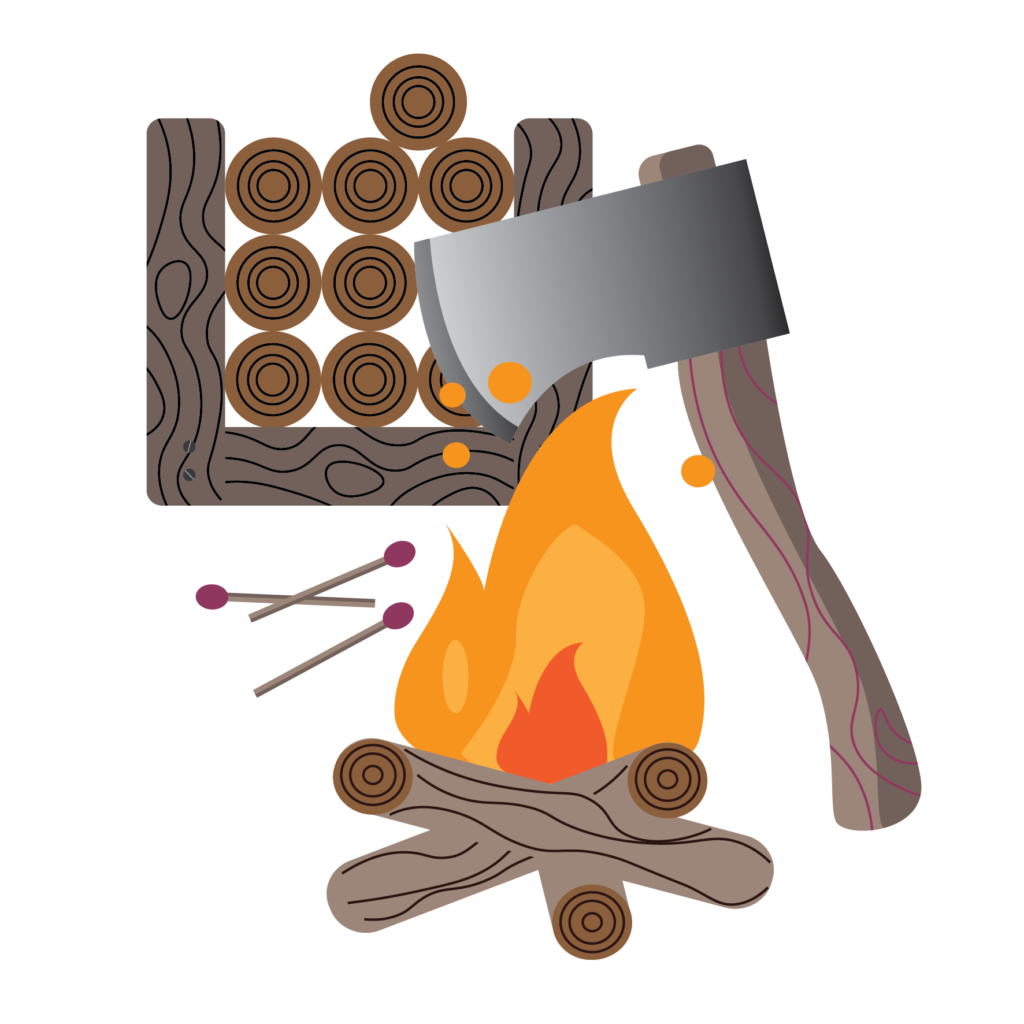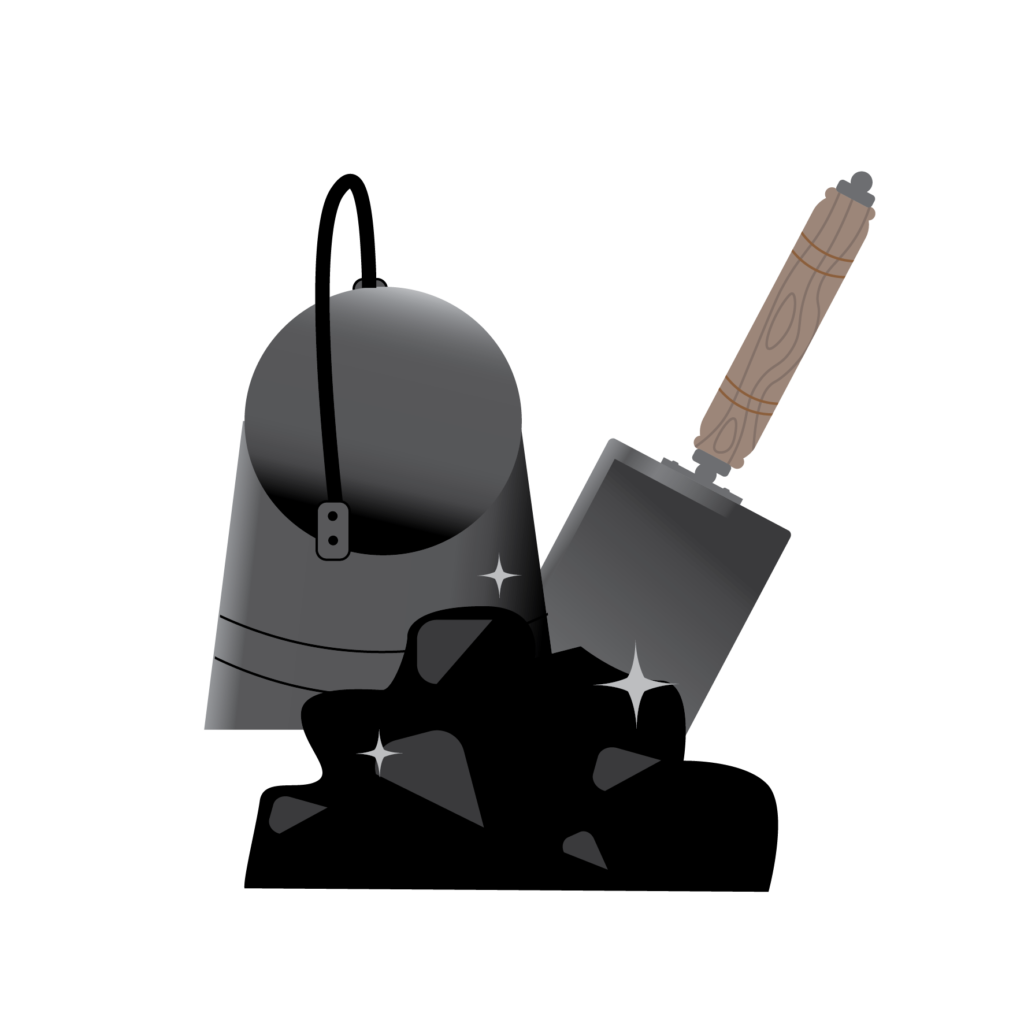Outdoor wood storage tips
Outdoor wood storage tips
It is important to have firewood storage as it helps protect your firewoods lifespan but also for your safety too. Fresh firewood can have a high percentage of moisture and burning wet wood can cause creosote to build up as well as being less efficient for your stove.
Storing firewood outside is the best practice as you want your wood to have exposure to adequate airflow.
 You want to store your wood at least 5 feet away from your home. This is due to bugs will likely start to live in the woodpile. You could invest in a firewood rack, these keep your firewood elevated keeping air circulating around the wood.
You want to store your wood at least 5 feet away from your home. This is due to bugs will likely start to live in the woodpile. You could invest in a firewood rack, these keep your firewood elevated keeping air circulating around the wood.
An alternative is using a seasoning shed. These are great for drying out wood quicker, it keeps the moisture out and keeps the heat in.
Stacking wood
The best practice is to stack it no higher than 4 feet. If the wood is not fully seasoned stack it bark side down so the moisture can evaporate. If it is fully seasoned stack it bark side up to shield it from rain or snow.
To avoid the wood getting wet you can use firewood covers, a shed.
Keep a small pile of wood inside for easy access however only bring in firewood that you plan to burn that day as unknown bugs could be inside your wood. Don’t forget to use the Firemizer Winter pack!
For more info click here
[socials]
 As a result, this affects numerous animal species;
As a result, this affects numerous animal species; Witley Court in Worcestershire
Witley Court in Worcestershire